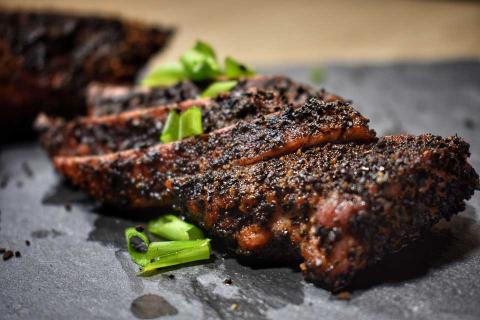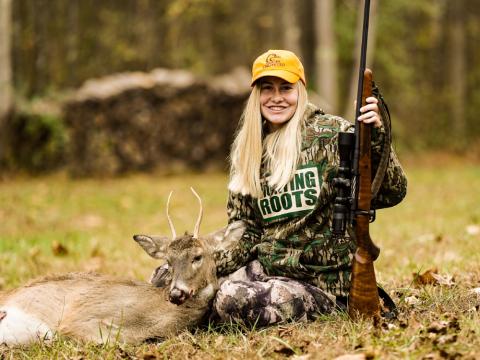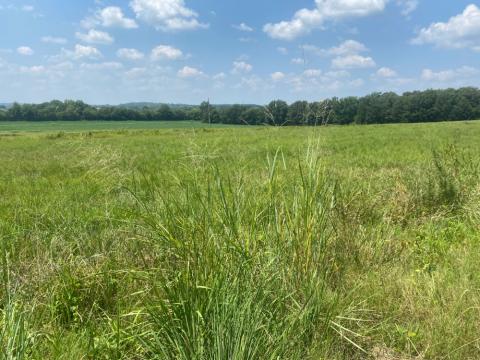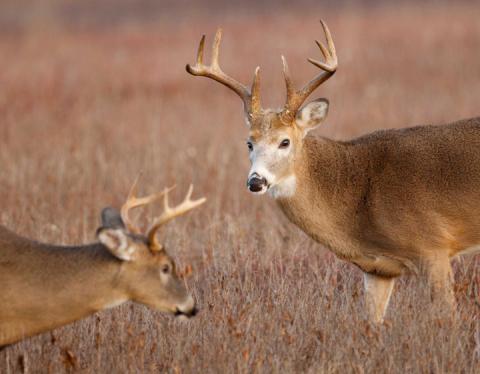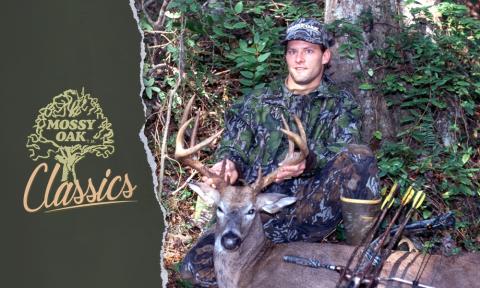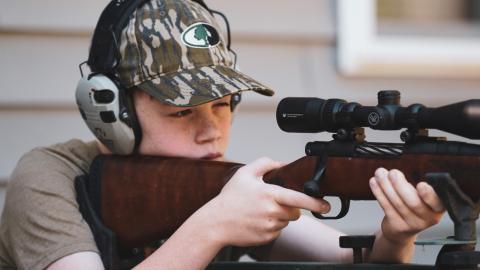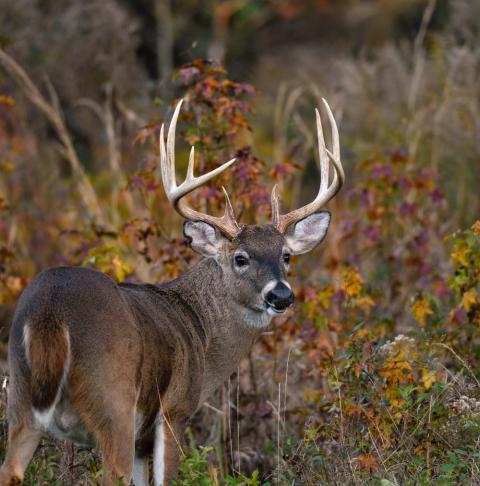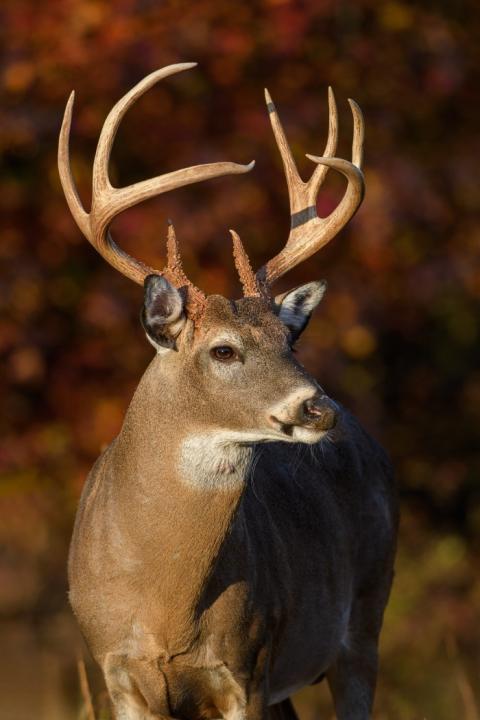Shane Smith
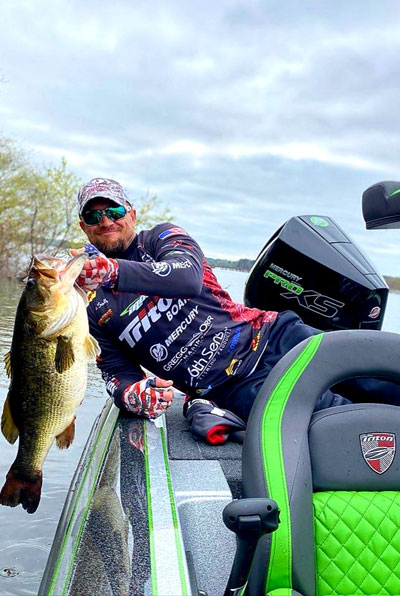 I can’t imagine a more fun way to catch bass than on a topwater frog. Whether you are fishing lily pads, hydrilla beds, duckweed or skipping a frog under low-hanging cypress trees, there is absolutely nothing more exciting than a frog bite.
I can’t imagine a more fun way to catch bass than on a topwater frog. Whether you are fishing lily pads, hydrilla beds, duckweed or skipping a frog under low-hanging cypress trees, there is absolutely nothing more exciting than a frog bite.
I have often heard people say they would rather have 10 bites on a frog than 20 on jig. That is pretty much me in a nutshell this time of year. Now, I am not saying you only need to bring one rod with you to the lake. It’s just that I prefer the frog, and feel as though I will get bigger bites on it. Bass have eyes that are positioned pointing up and are programmed to feed that way more so than looking down. That is why they have dark backs and white bellies.
One of the biggest mistakes I see other anglers make, in my opinion, is to put the frog down when the sun comes up. In many instances, this is when the frog bite will excel as the bass will position themselves in the shade of the grass, low-hanging trees or a boat dock. It is so much more than a low light, typical topwater bait.
When I am fishing a lake that has an abundance of grass, I will always opt for a frog first. Now, when I am fishing a tournament, the 10-20 bite ratio goes out the window as we are trying to win. It is always good for you and your partner to throw different presentations and cover the area you are fishing the most effectively.
My usual fishing partner is hands down the best pitcher/flipper I have ever fished with. He can absolutely lay a jig, Texas Rig or a Senko next to a tree or stump with surgical precision. So, it works to our advantage to have him flipping and me frogging. That way we both aren’t trying to essentially catch the same fish, and we will cover more water this way. This may or may not work for you, but it gives me more options and I am not worried about fishing “used water” that he has already combed over. He has much more confidence in his presentations, and I have more confidence with the frog. Day in and out, confidence will cash your checks.
When you get a bite on a 10-inch worm, you really have no idea how big the fish is for the first 5-10 seconds. When a fish blows up on your frog like a landmine, you have a pretty good idea of how big it was. And yes, most of us froggers tend to add a pound or two when the bass miss you or you miss them!
Should you wait to set the hook? Or set it the second you see the strike? I have heard great arguments for each school of thought. Myself, I personally give the fish a second or so before I swing hard like Connor McGregor looking for a knockout.
Frogging is not for the faint of heart. There is not a frogger alive that hasn’t had a bass explode so violently that it kinda took you a second to grasp what just happened before you set the hook.
I saw a bass on Mercer Bayou engulf a small red wing blackbird right off a limb as it was splashing itself with water! Now days we can see all kinds of videos of bass eating tons of different animals on top of the water.
A frog is not really a frog either. As I mentioned, it can represent a bird, shad, bream, crappie, mouse or yes, a frog. The bass looks up and says, “I think I can eat that thing.” And for the most part he is right.
I feel as though I can catch the biggest bass around when there is an abundance of grass or pads on a frog. When the water temps get above 60 degrees, the certified frog-aholic comes out in me.
Get your heavy rod, big braided line and a can-do mindset and attack your local fishing hole this summer with a Plano box full of frogs and dare one to bite it!














